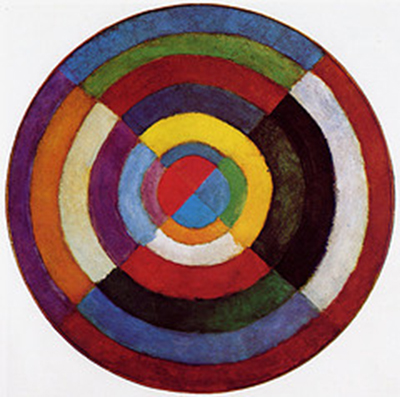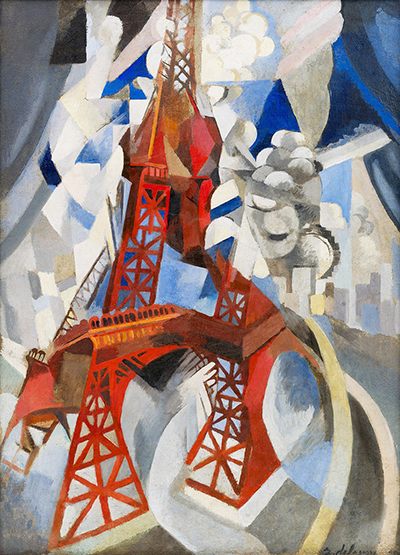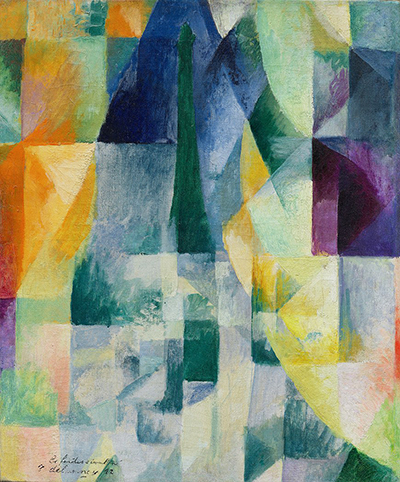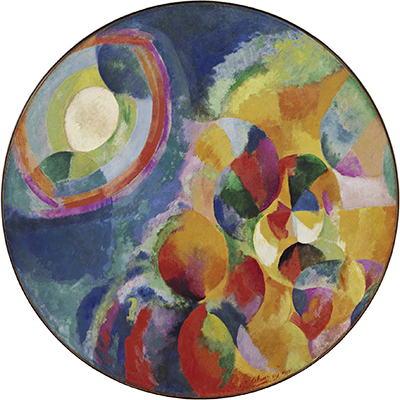French artist Robert Delaunay was an important component in the evolution of European art which occurred in the early 20th century.
Introduction
Delaunay would spent time in the company of young contemporary artists in his early years, including Cubists, and these would influence his artistic direction. He also started to understand the importance of colour, and began experimenting with different palette combinations. Over time he would transition into an entirely abstract output, and the paintings below illustrate his path towards that point.
Marriage to Sonia Terk
Robert married fellow artist Sonia Terk whilst relatively young and the two would help each other to get the most out of their creative minds. Sonia also lived for a number of decades after her husband's death, both expanding the scope of her work, but also further strengthening their collective artistic legacy. A number of recent exhibitions have brought a greater attention to her considerable achievements, and, by extension, Robert's own work.
Delaunay's Evolution from Cubism to Orphism
In around 1912 Robert and Sonia Delaunay would develop a new artistic movement which was to become known as Orphism. It originated from Cubism, and was labelled as a style of Cubist art by some. Both Robert and Sonia enjoyed friendships with a number of Cubist artists, but over time they started to move towards a more abstract approach. When combined with bright Fauvist tones, this new movement would become known as Orphism and remained very much connected to their specific careers.
Cubism itself would diverge into a number of ways at around this time, though crucially a number of its most famous exponents would shortly move on to other artistic styles, such as Pablo Picasso. Those who remained would become somewhat trapped in this label, and unable to re-invent themselves. Orphism would develop into simpler arrangements of geometric shapes, and became more and more distant from its original roots of influence.
The Eiffel Tower Re-imagined
The artist's most famous series was his collection of works depicting the iconic Eiffel Tower in Paris. He quickly found an angle that would inspire many works, featuring the tower between two tall high rise buildings. He produced a number of paintings with similar content, though each one progressively became more expressive and abstract. His enjoyment of this process was underlined when he returned to it again several years later.
Influences
Whilst most obviously, Robert and his wife Sonia would exchange ideas over a long period, both would also draw on inspiration from a number of others, particularly in the earlier stages of their careers. Jean Metzinger and Robert spent time together, and Braque is also believed to have influenced their work. Fauvists are believed to have been behind the couple's bright colour palettes, whilst the idea of creating mosiac-like arrangements of colour also brought influence from Pointilism, and artists such as Seurat.
We do know that whilst exhibiting their exciting Orphism paintings, the Delaunays would also be displayed alongside works by the likes of Albert Gleizes, Jean Metzinger, Picabia, Léger and Futurist artists such as Umberto Boccioni in truly wide ranging contemporary art exhibitions. Generally speaking, they remained on good terms with most artists that they came across in France, and Robert Delaunay also spent time in Germany and Switzerland where he brought in additional influences.
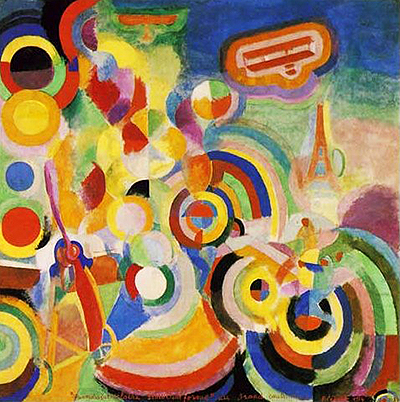
Homage to Bleriot
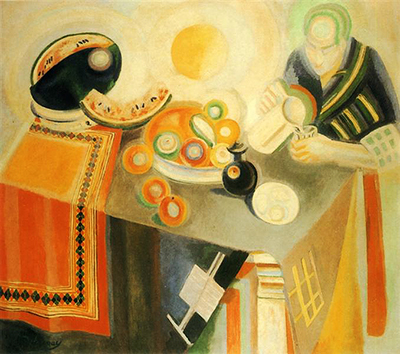
The Bowl
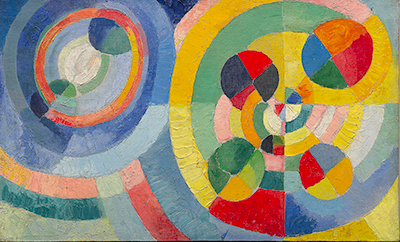
Circular Forms
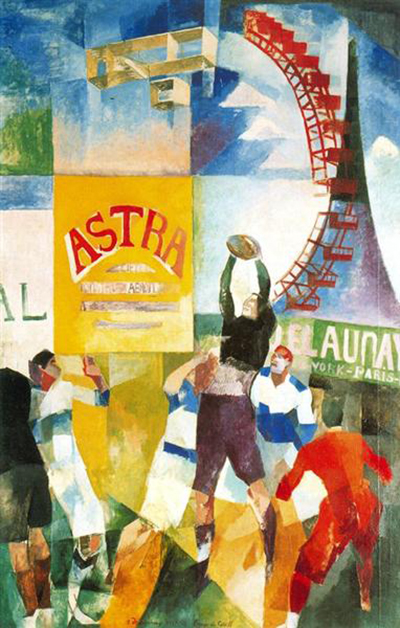
The Cardiff Team
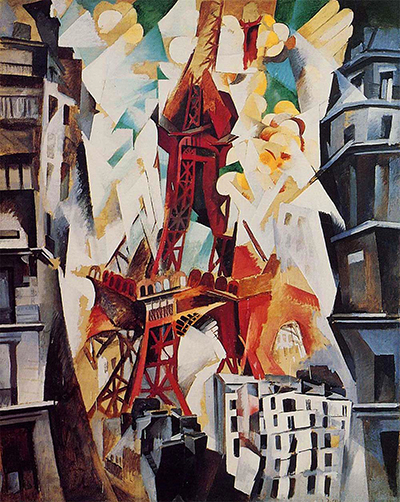
Champs de Mars: The Red Tower
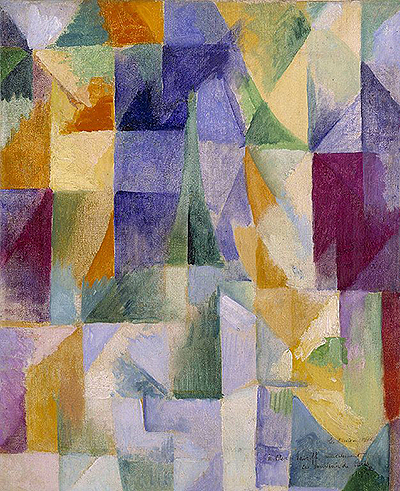
Windows Open Simultaneously
